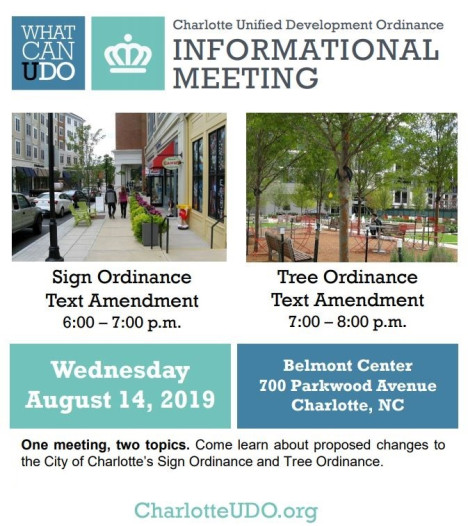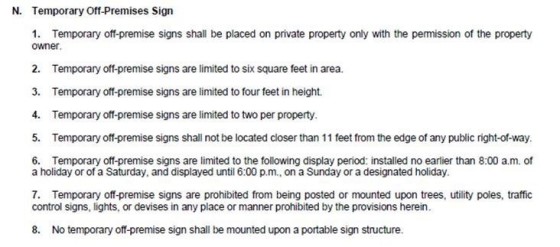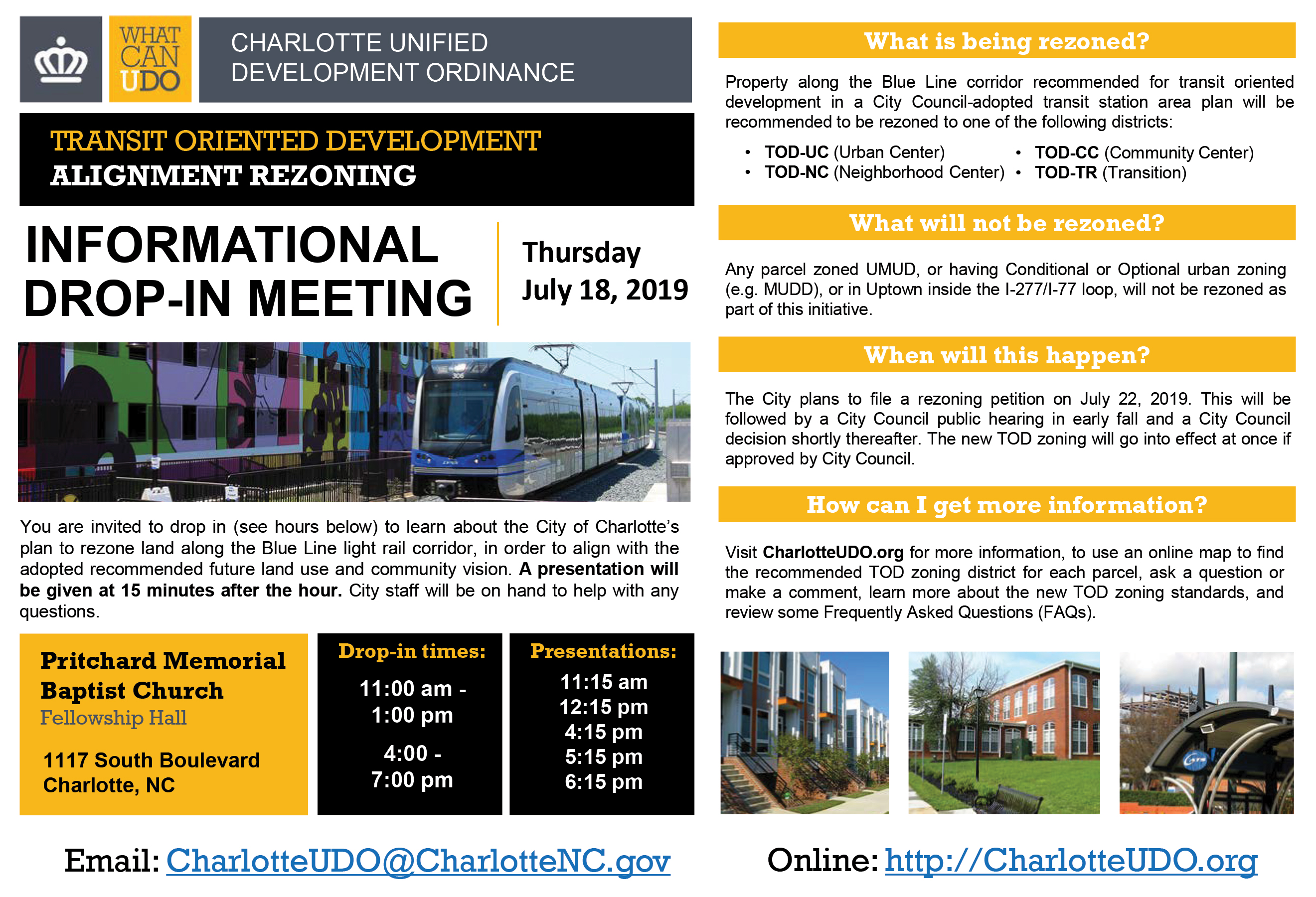Posted on October 7, 2019
The NAIOP Research Foundation has published a new report titled "Profiles in the Evolution of Suburban Office Parks," by Dustin C. Read, Ph.D./J.D.
The author interviewed five developers who have recently updated suburban office parks in the United States and Canada to learn how they made these properties relevant for today's market.
Key Takeaways:
- Redeveloped office parks must fit the preferences of the local workforce and the needs of local employers.
- Developers should seek to understand local officials' priorities.
- Developers should build flexibility into their plans and partner with creditors who understand that they may need to adapt to unforeseen circumstances.
- Developers can maximize the value of their improvements by leveraging design, technology and amenities to develop a property's identity and build community.
- Rebranding is often a critical component of a successful redevelopment strategy.






 Shared parking paired with technology offers solutions for changes in building usage.
Shared parking paired with technology offers solutions for changes in building usage.



